29 Airlines Most Likely to Cancel Your Flight (And How to Avoid Them)
Booking a flight these days feels more like a gamble than a guarantee. Between chronic staffing issues, overbooked schedules, and surprise weather delays, cancellations have become the new turbulence. But while you can’t control the skies, you can control your choices—and that starts with knowing which airlines are most likely to disrupt your plans. That’s why we’ve expanded our essential guide to 29 Airlines Most Likely to Cancel Your Flight (And How to Avoid Them). This isn’t just a list of complaints—it’s a practical, data-backed playbook for smarter travel. We break down which carriers leave passengers stranded most often, the routes with the worst records, and the key tactics seasoned flyers use to dodge disruptions. From booking windows to flight times, we’ll show you how to fly with confidence—not chaos. Because when cancellations are everywhere, being informed isn’t just smart—it’s your best shot at actually getting where you want to go.
1. American Airlines – Weather and Workforce Woes
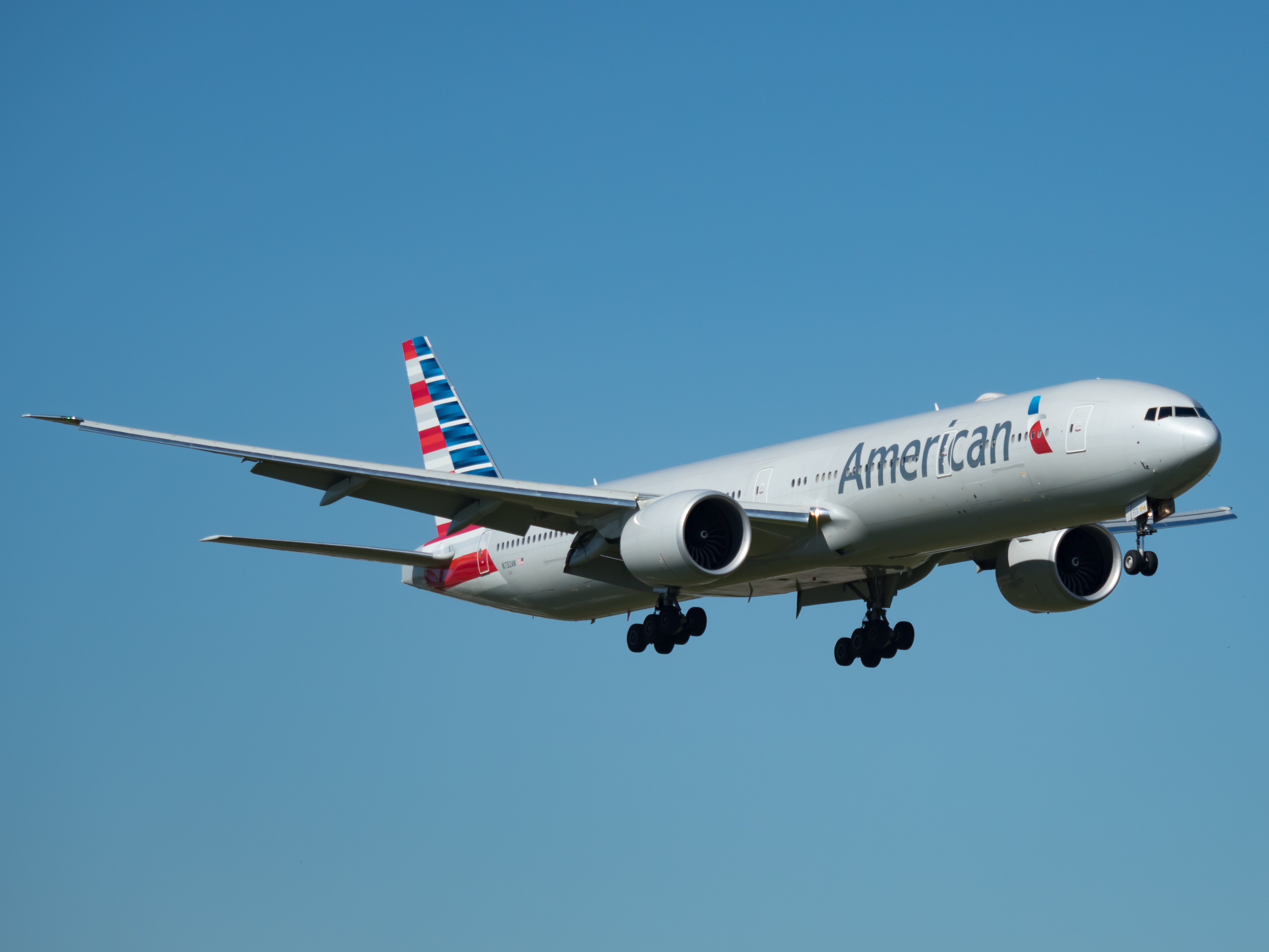
American Airlines frequently faces cancellations due to its extensive network and hub locations in weather-prone areas like Dallas and Chicago. Seasonal storms and sudden weather changes are common culprits. Additionally, workforce management issues, including pilot and crew shortages, have exacerbated the problem. Despite efforts to improve scheduling and staffing, these challenges persist. Travelers flying with American Airlines should keep an eye on weather forecasts and consider flexible travel plans to mitigate potential disruptions.
2. Southwest Airlines – Operational Challenges
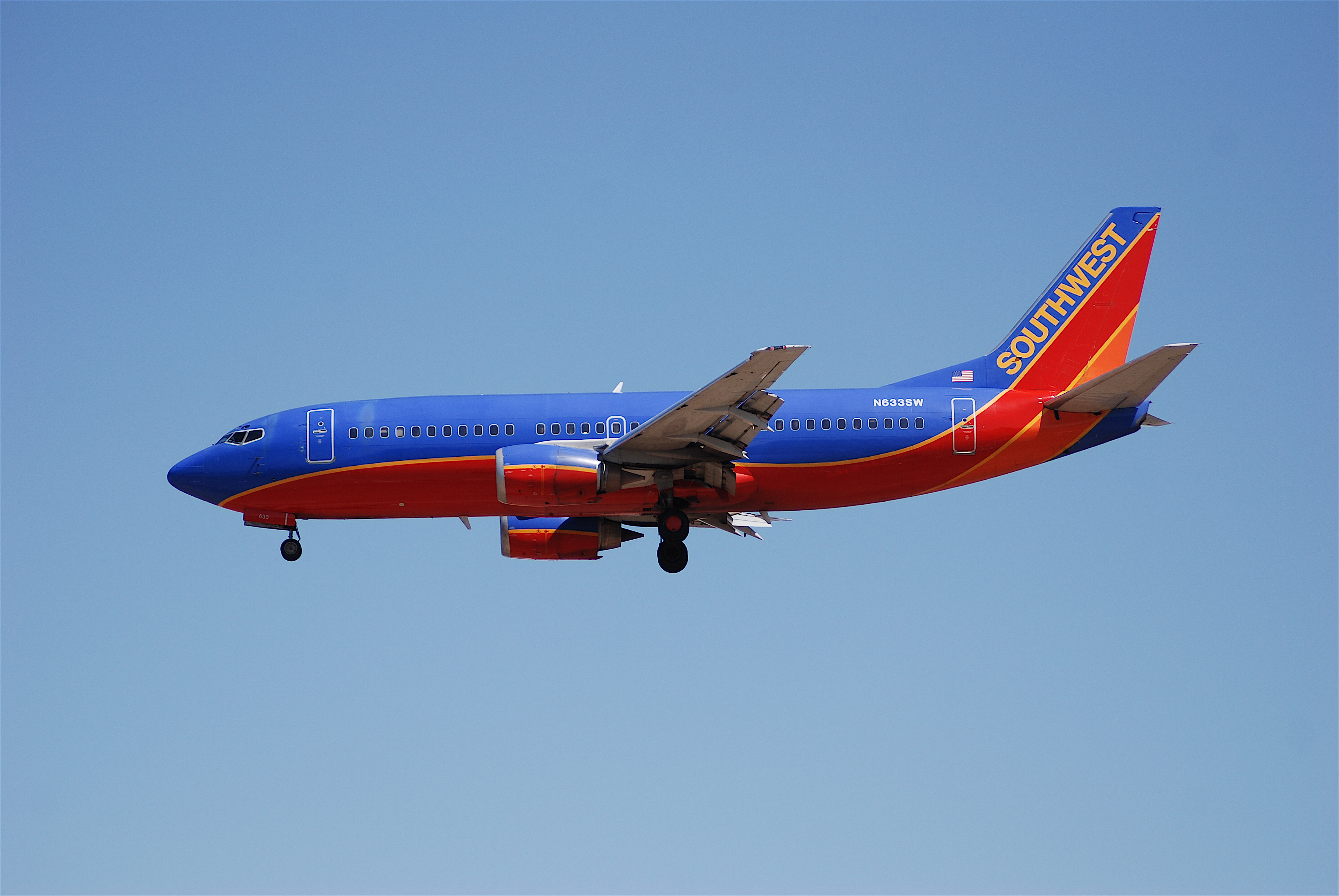
Southwest Airlines, known for its low-cost fares and no-frills service, has experienced a significant number of cancellations due to operational challenges. The airline's point-to-point service model, while efficient, can lead to cascading delays and cancellations if a single flight is disrupted. This ripple effect is often compounded by the airline's tight turnaround times. Passengers can reduce their risk by opting for flights earlier in the day when operations are typically smoother and delays are less likely to accumulate.
3. Delta Air Lines – Balancing Growth and Reliability
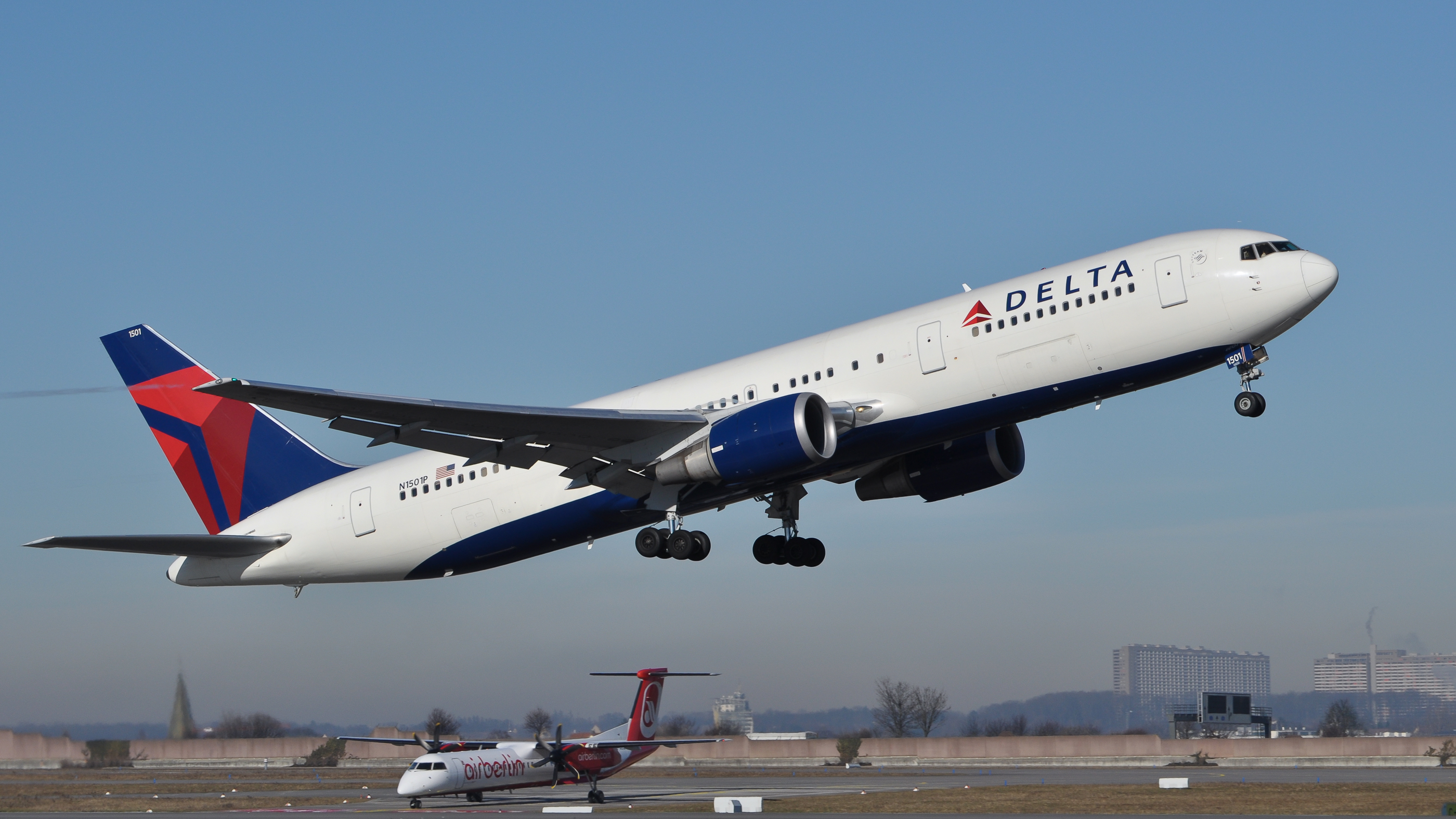
Delta Air Lines, while generally reliable, has faced cancellations as it strives to balance aggressive growth with operational reliability. The airline's expansion into new markets and routes sometimes stretches its resources thin, leading to occasional disruptions. Delta's investment in technology and customer service aims to mitigate these issues, but travelers should still remain vigilant. Booking directly with the airline and using its app can provide real-time updates and alternative options in the event of a cancellation.
4. United Airlines – Infrastructure and IT Issues
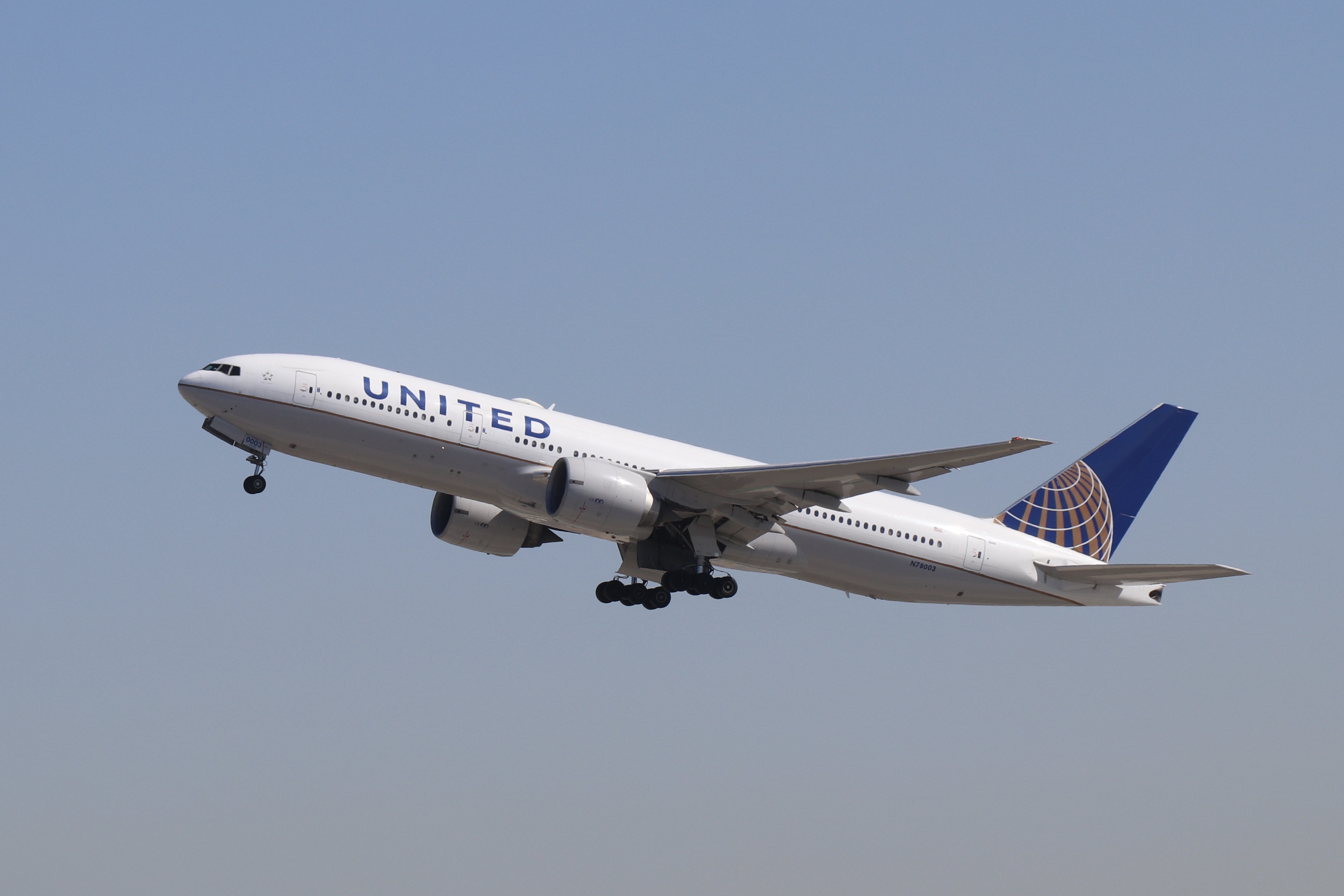
United Airlines' cancellations are often linked to infrastructure challenges and IT system failures. The airline's hubs are located in major metropolitan areas, where congestion and infrastructure limitations can lead to delays and cancellations. Additionally, United has faced several high-profile IT outages that have disrupted operations. Travelers are advised to check flight status frequently and consider travel insurance that covers cancellations due to technical issues, providing peace of mind in case of unexpected disruptions.
5. Spirit Airlines – Cost Efficiency at a Cost
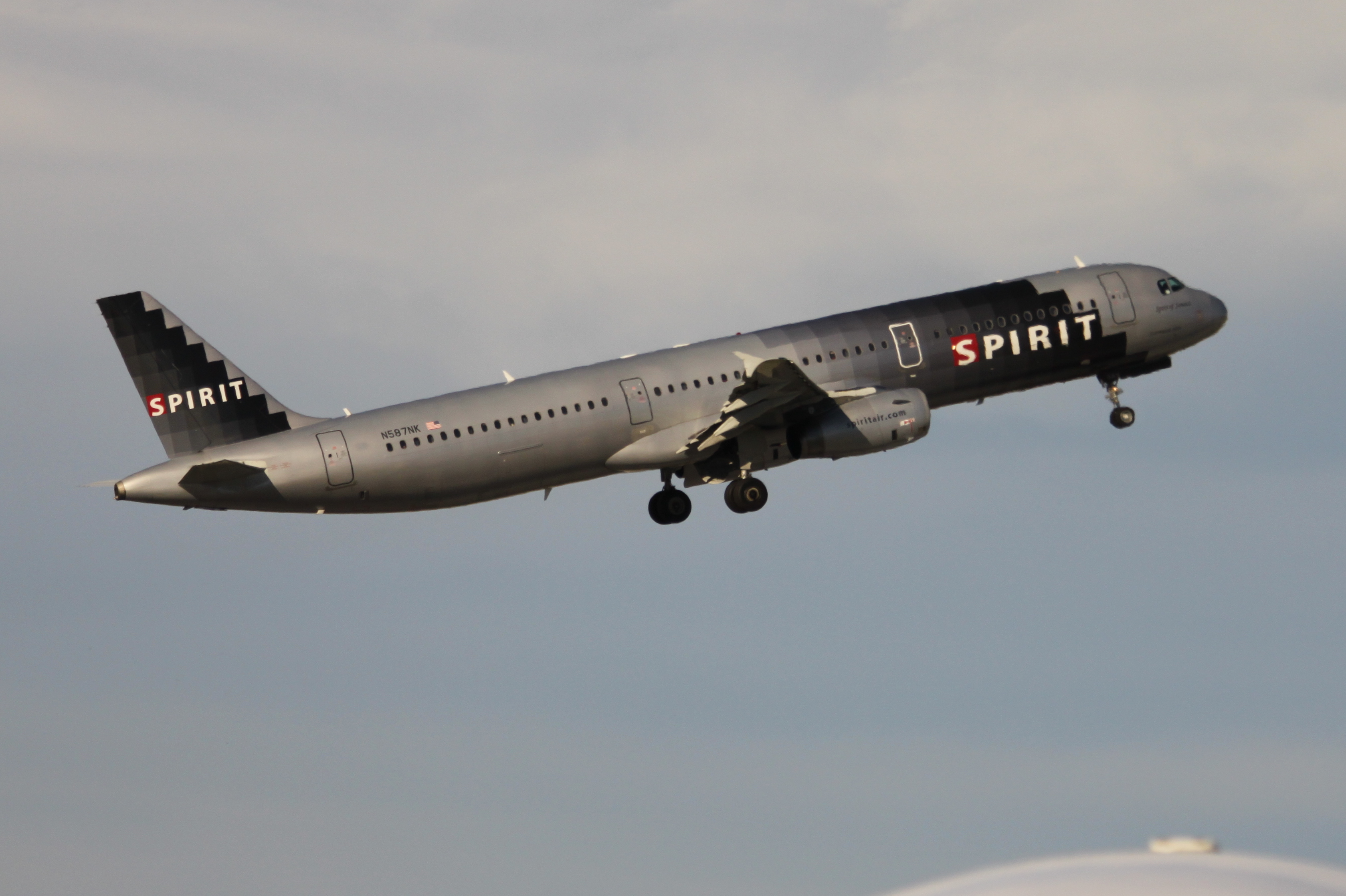
Spirit Airlines, a budget carrier, is notorious for its high cancellation rates as a result of its cost-cutting measures. The airline operates with minimal spare aircraft and crew, leaving little room for error when disruptions occur. While the low fares are attractive, passengers should be aware of the trade-offs. Building extra time into travel itineraries and purchasing refundable tickets can help mitigate the impact of potential cancellations, ensuring a more flexible travel experience.
6. JetBlue Airways – Weather and Infrastructure Hurdles
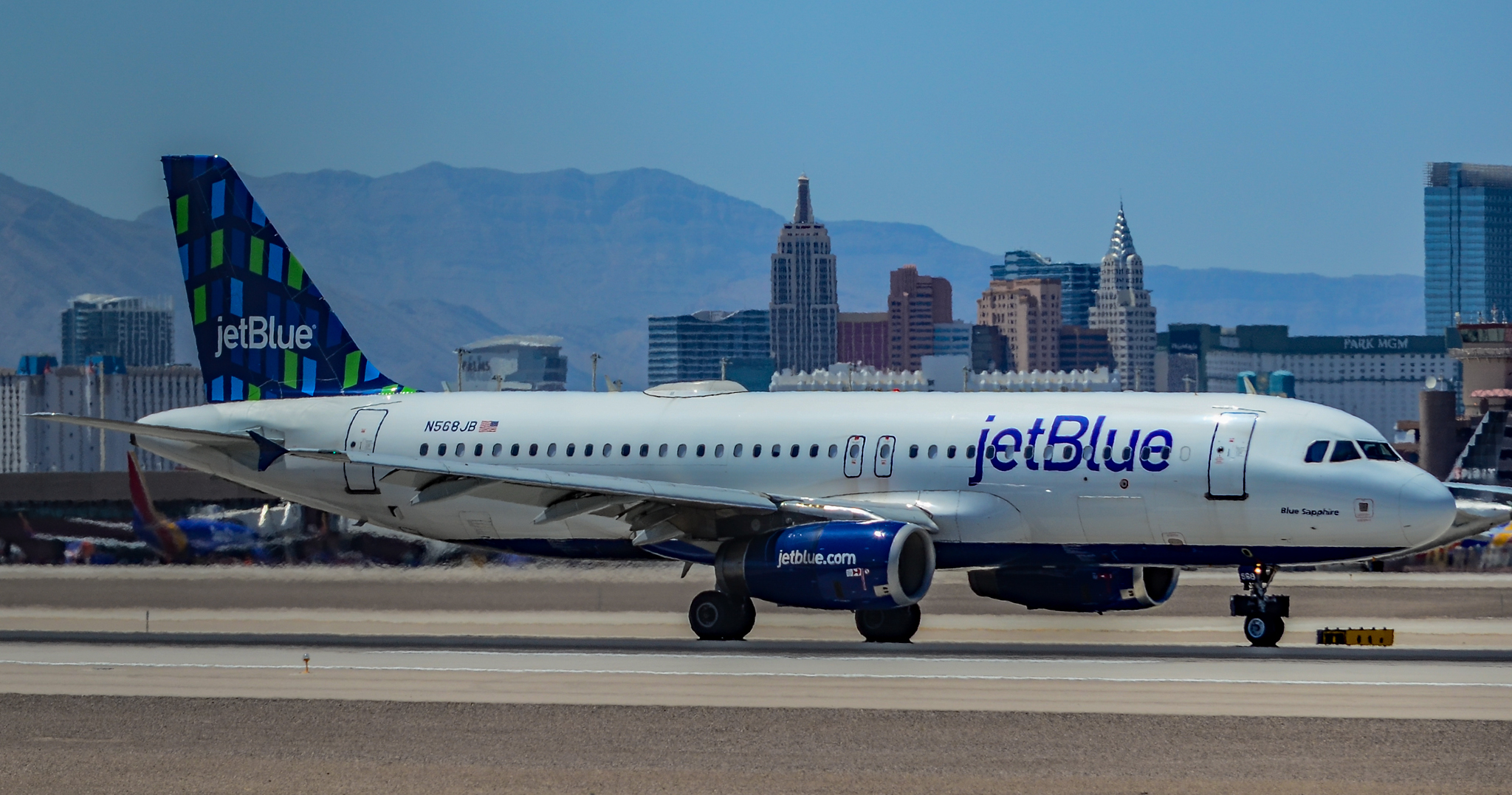
JetBlue Airways, with a focus on customer service, faces cancellations primarily due to weather and infrastructure issues, particularly in its New York City hub. The airline's operations are heavily impacted by the region's notorious weather patterns and congested airspace. Despite its best efforts to maintain reliability, these factors remain challenging. Travelers can benefit from monitoring weather conditions and opting for flights from alternative airports when possible to avoid the brunt of disruptions.
7. Frontier Airlines – Lean Operations and High Risks
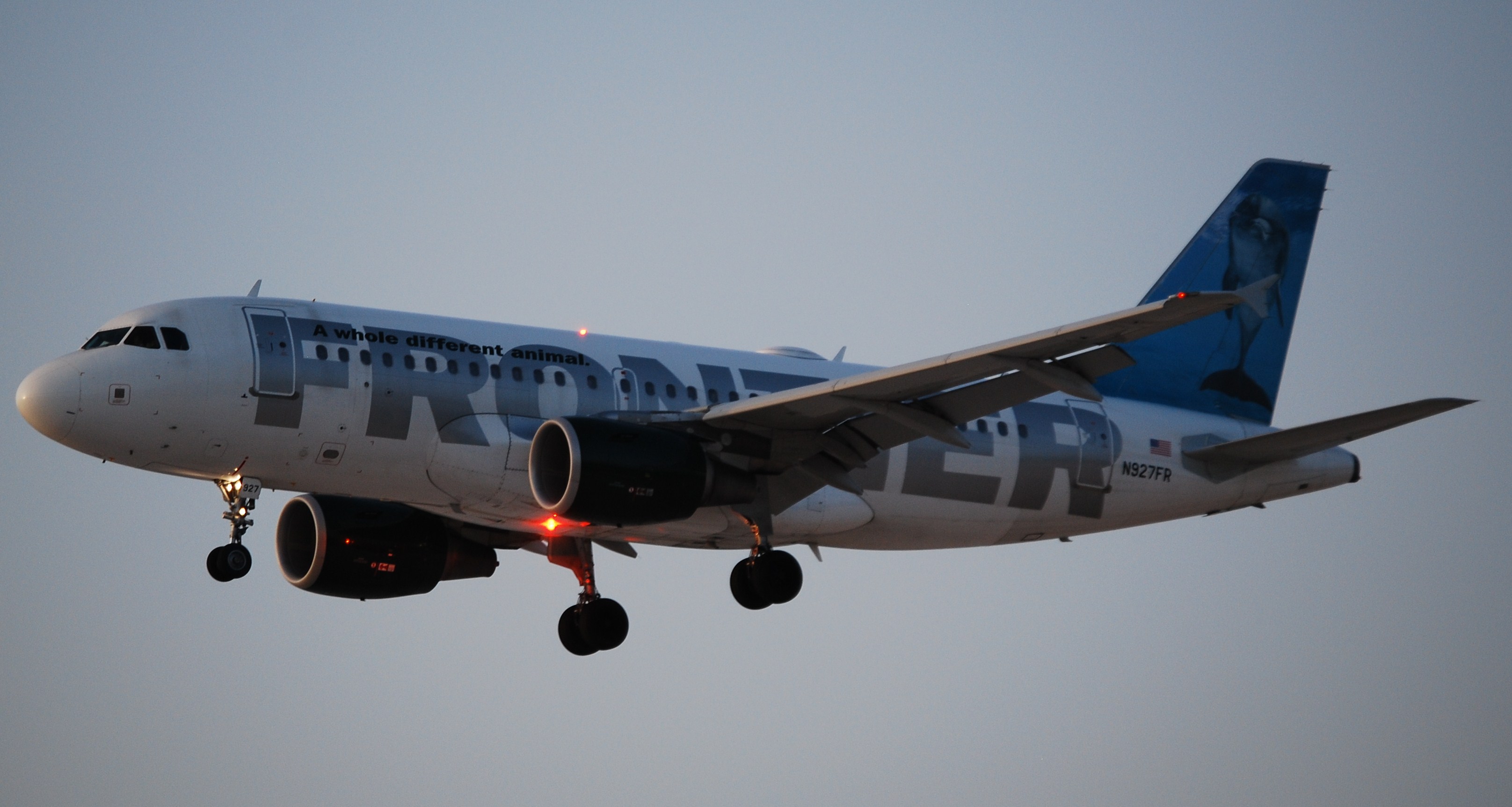
Frontier Airlines, another low-cost carrier, operates with a lean business model that increases susceptibility to cancellations. The airline's limited fleet size means that mechanical issues or staff shortages can quickly lead to flight disruptions. Passengers flying with Frontier should consider booking directly through the airline to receive timely notifications and updates. Additionally, having a backup plan, such as alternative transportation options, can provide a safety net in case of cancellations.
8. Alaska Airlines – Navigating Weather Extremes
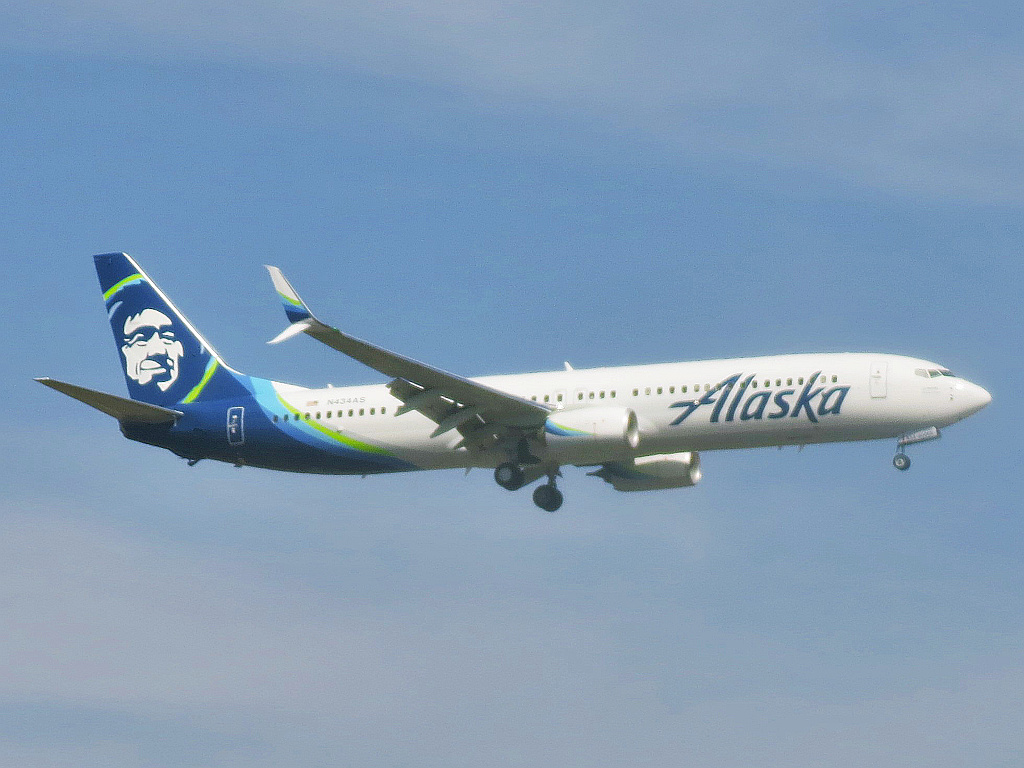
Alaska Airlines, with its extensive routes in the Pacific Northwest and Alaska, often contends with extreme weather conditions that lead to cancellations. Snowstorms, fog, and other weather phenomena can severely impact flight schedules. The airline has invested in robust de-icing and weather monitoring technologies to mitigate these effects. Travelers should remain flexible with their travel dates and consider purchasing travel insurance that covers weather-related cancellations to safeguard their plans.
9. Allegiant Air – Limited Flexibility and High Cancellations
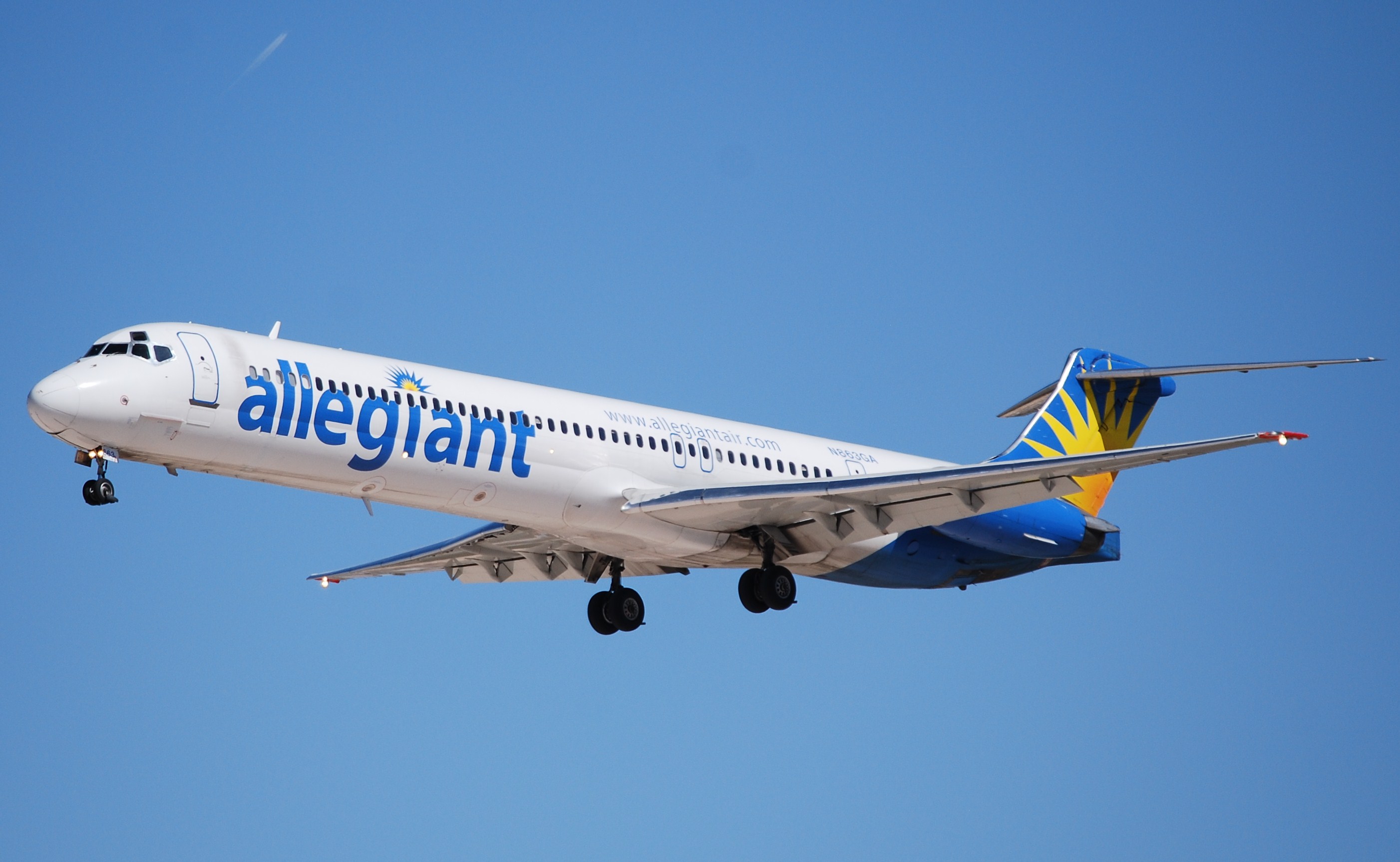
Allegiant Air, known for its low-cost, leisure-focused flights, experiences high cancellation rates due to its limited flight schedule and fleet size. The airline's strategy of operating fewer flights with less frequent service leaves little room for recovery when disruptions occur. Passengers are encouraged to book flights with ample time before important events and to explore refundable options or travel insurance to ensure their travel plans are protected against unexpected cancellations.
10. Air Canada – Delay-Prone Cross-Border Hubs
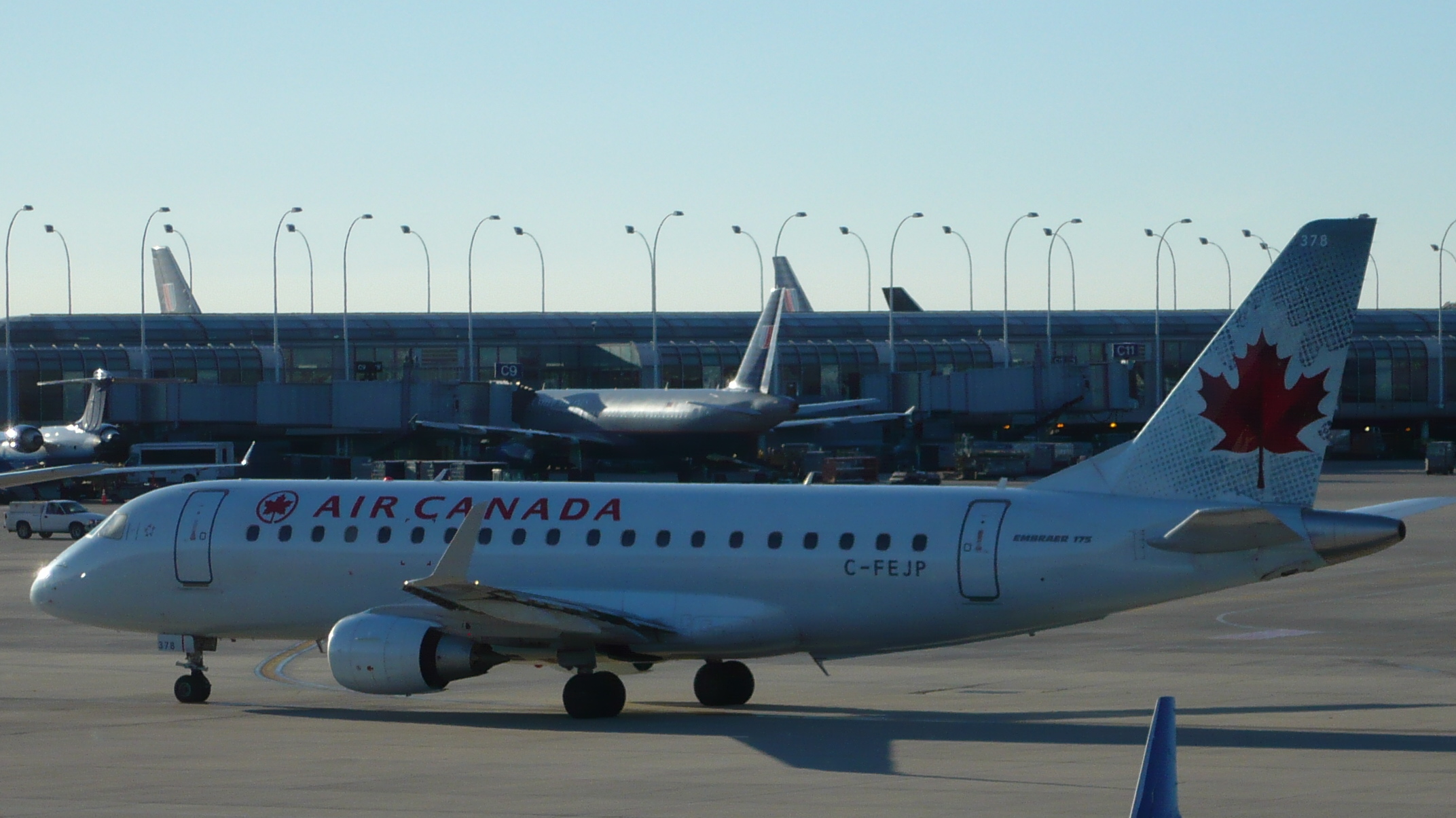
Air Canada’s reputation for cancellations stems largely from its congested hub cities—Toronto and Montreal—where weather delays and customs bottlenecks often derail schedules. Add in cross-border complexities and outdated airport infrastructure, and the odds of a smooth trip start to drop. During peak travel periods, flight disruptions are especially common. If flying Air Canada, opt for nonstop routes when possible and consider early morning departures to minimize exposure to the day's cumulative delays. Enrolling in the airline’s alerts system and having backup transportation plans can also help reduce travel-day stress.
11. British Airways – Legacy Systems Meet Modern Headaches
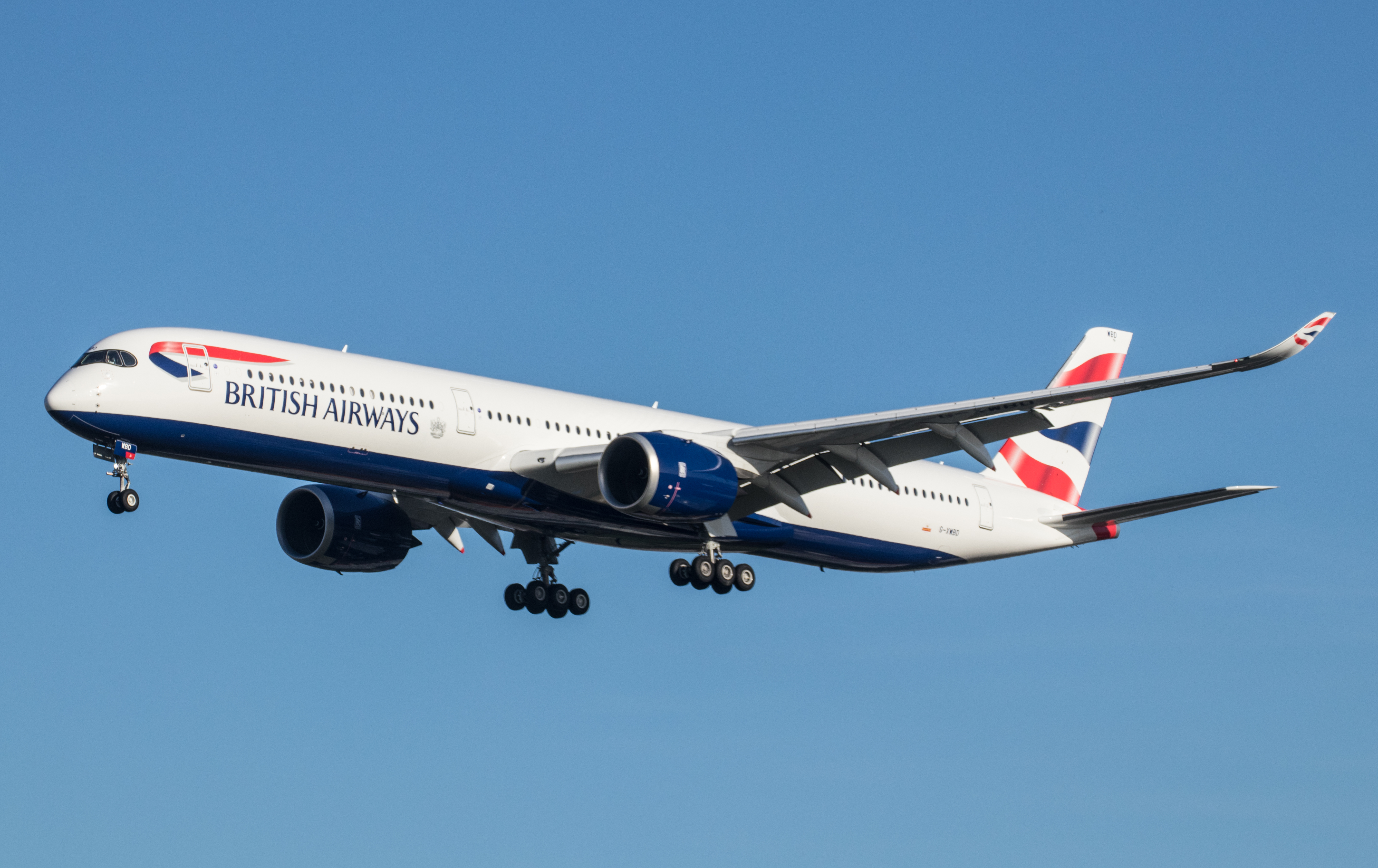
British Airways combines prestige with growing pains. While it’s a flagship carrier, BA struggles with legacy IT systems that have led to multiple system-wide meltdowns and canceled flights over the years. When paired with staff strikes and unpredictable Heathrow congestion, reliability takes a hit. International travelers relying on tight layovers should beware. Booking through travel platforms that offer rebooking support—and avoiding back-to-back connections—can help protect your plans when flying with BA, especially during high-season travel in Europe.
12. WestJet – Regional Exposure and Staff Gaps
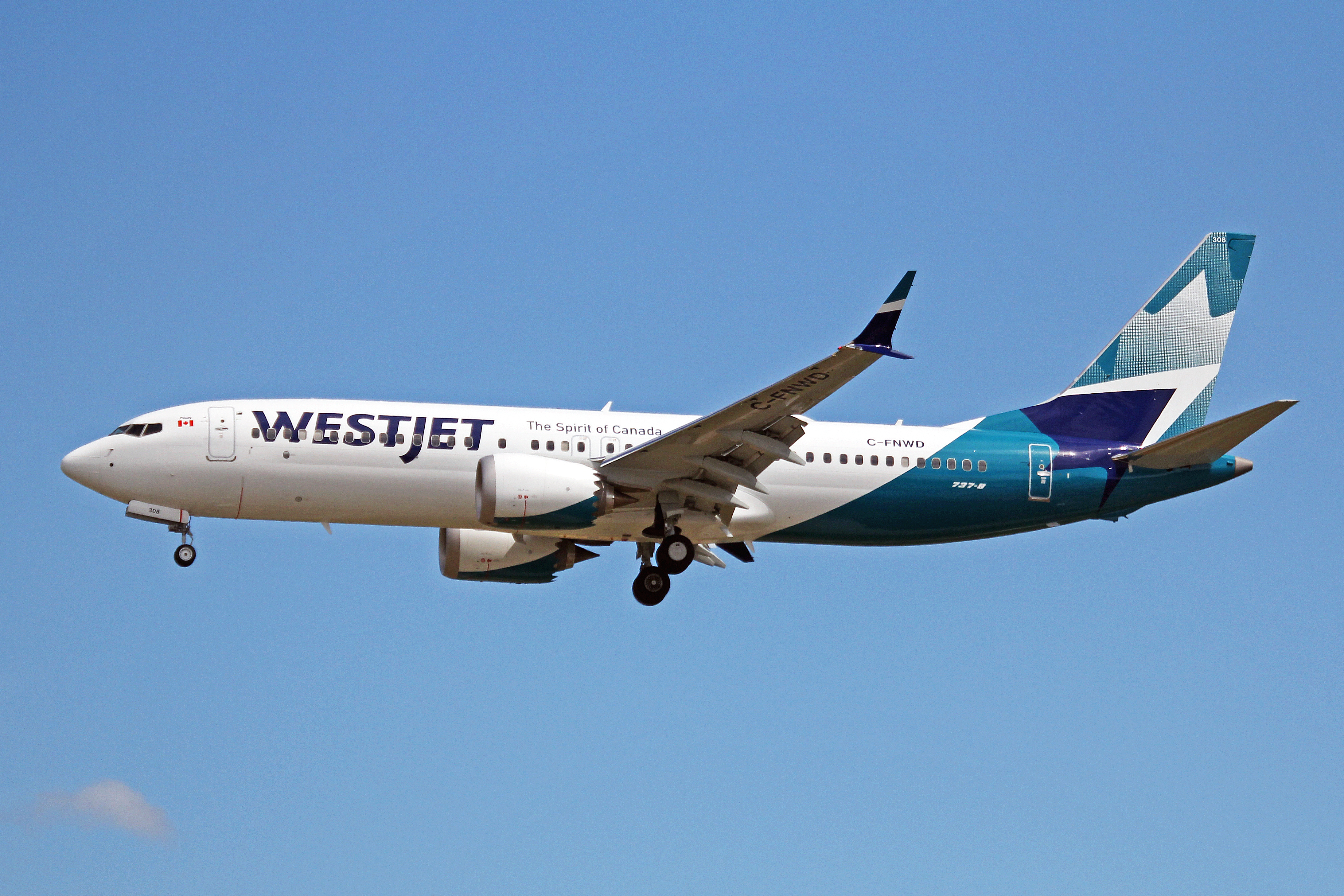
WestJet’s affordable fares make it appealing, but its operational reliability has taken a hit due to pilot shortages and overextended route expansions, especially in Western Canada. Regional routes are more vulnerable to weather, and staffing gaps can quickly escalate into mass cancellations. The airline is working to stabilize its network, but travelers should keep itineraries flexible and monitor strike news or service alerts. If you're flying to or from smaller airports, double-check alternative options and avoid booking critical connections too close together.
13. Lufthansa – Strikes and System Shocks
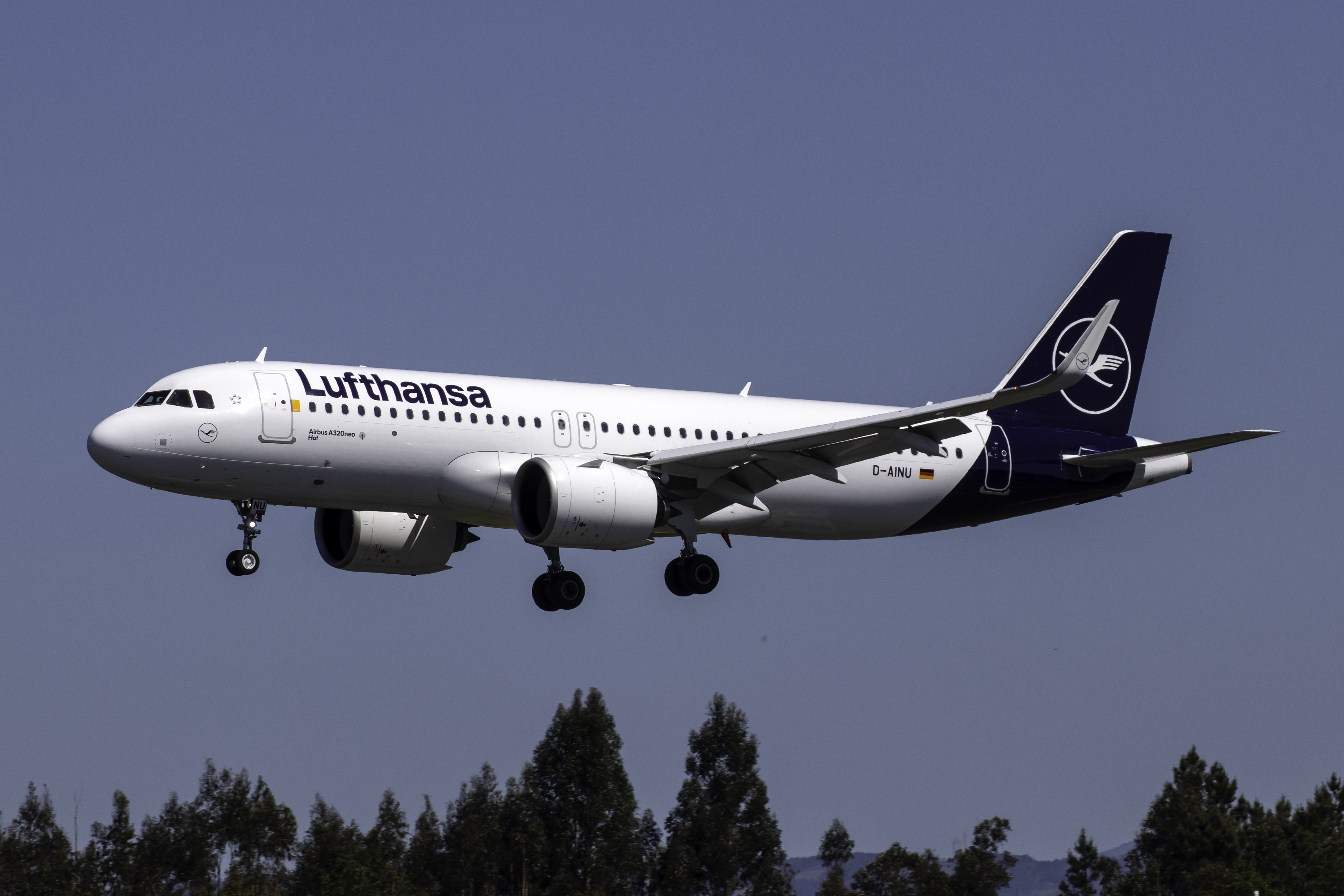
Despite its reputation for precision, Lufthansa has become increasingly prone to cancellations thanks to widespread labor disputes and airport-related disruptions across Germany. Strikes affecting pilots, ground crew, and even air traffic controllers have led to thousands of scrapped flights over the past few years. When flying Lufthansa, especially out of Frankfurt or Munich, consider padding your schedule with extra time and exploring flexible ticket options. Also, keep an eye on European labor union announcements before you travel—they can forecast cancellations before the airline even updates your itinerary.
14. Aeroméxico – Weather and Tight Turnarounds
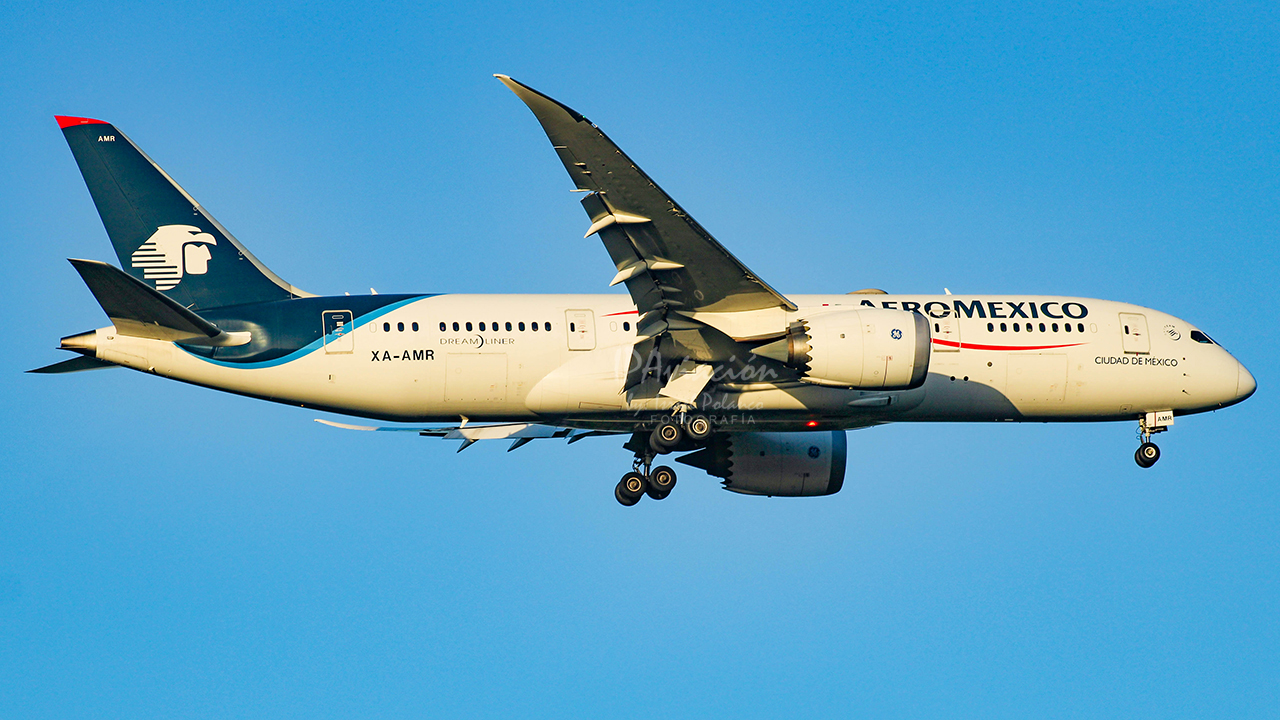
Aeroméxico frequently experiences cancellations due to weather impacts in major hubs like Mexico City, which sits at a high elevation and often sees sudden storms and low visibility. Add in tight turnarounds and limited backup aircraft, and even minor disruptions can lead to cancellations. The airline is otherwise known for solid service, but logistical setbacks persist. To avoid headaches, travelers should opt for nonstop flights when possible and steer clear of connecting through MEX during peak afternoon hours, when thunderstorms and air traffic congestion are most common.
15. Hawaiian Airlines – Island Weather and Aircraft Constraints
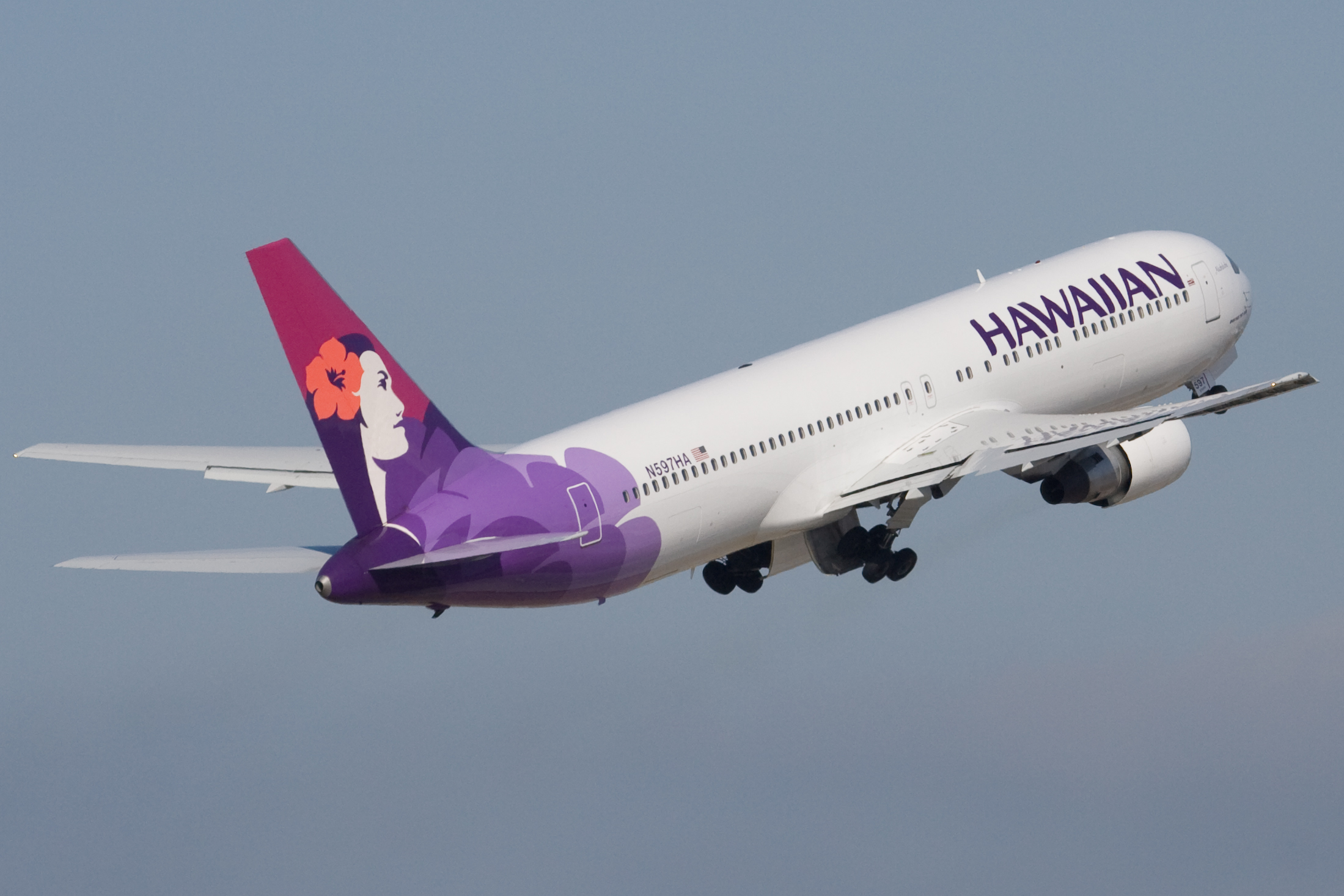
While Hawaiian Airlines offers scenic getaways, the beauty of island hopping comes with logistical hurdles. Tropical storms, trade winds, and limited alternate airports can all lead to cancellations—especially on inter-island or regional routes. Plus, Hawaiian’s small long-haul fleet leaves little room for recovery when aircraft go out of service. Travelers headed to paradise should build buffer days into their itinerary and avoid last flights of the day. Booking earlier departures and checking weather forecasts during hurricane season (June–November) can make the difference between a dream trip and a delayed departure.
16. TAP Air Portugal – Tight Schedules and Transit Chaos
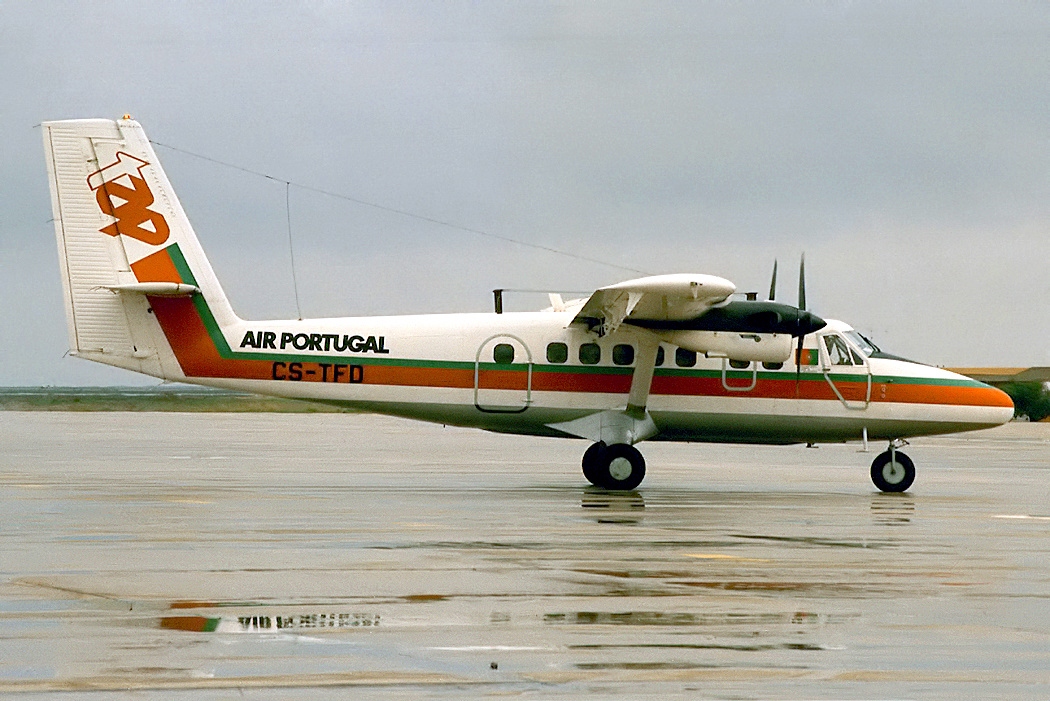
TAP’s aggressive scheduling through Lisbon—a hub notorious for congestion—makes it especially vulnerable to delays and cancellations. A short layover window paired with high traffic volume often snowballs into missed connections or last-minute scrapped flights. Add frequent strikes across the EU, and reliability starts to dip. If you’re flying TAP, avoid connecting itineraries under two hours and check the strike calendar before booking. Opting for nonstop options (where available) and using the TAP app for real-time updates can save you from a mid-trip scramble.
17. Vueling Airlines – Budget Carrier, Unpredictable Performance
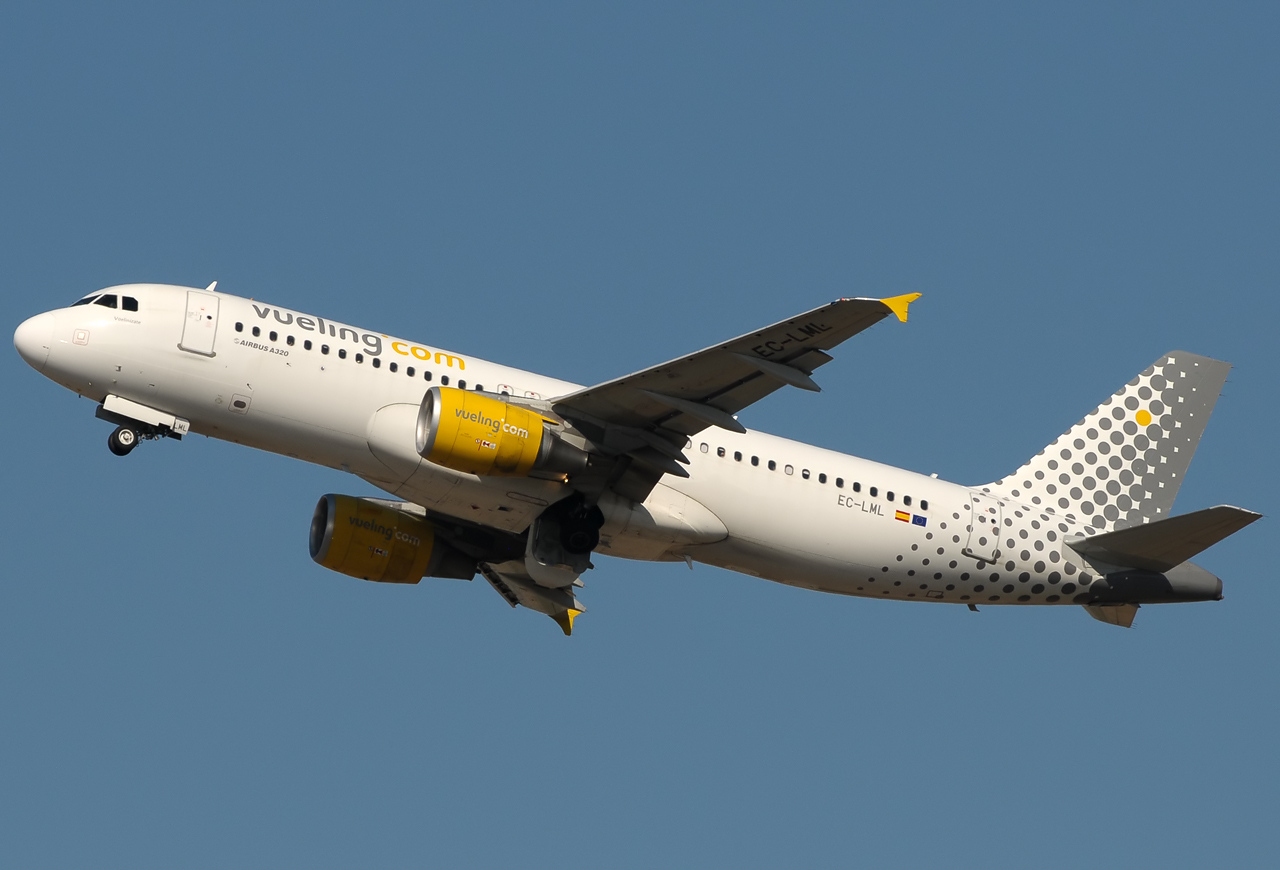
As a low-cost carrier based in Spain, Vueling is infamous for last-minute cancellations, especially during peak summer months and holiday rushes. Operational issues and limited staff flexibility mean even small disruptions (weather, staff illness, etc.) can spiral into major delays. Since Vueling often doesn’t offer immediate rebooking on other airlines, travelers can get stuck for hours—or days. Choose earlier flights when schedules are fresher, and avoid routes with just one daily departure. If possible, spring for flexible fare classes to give yourself more leverage if things go south.
18. ITA Airways – New Name, Old Problems
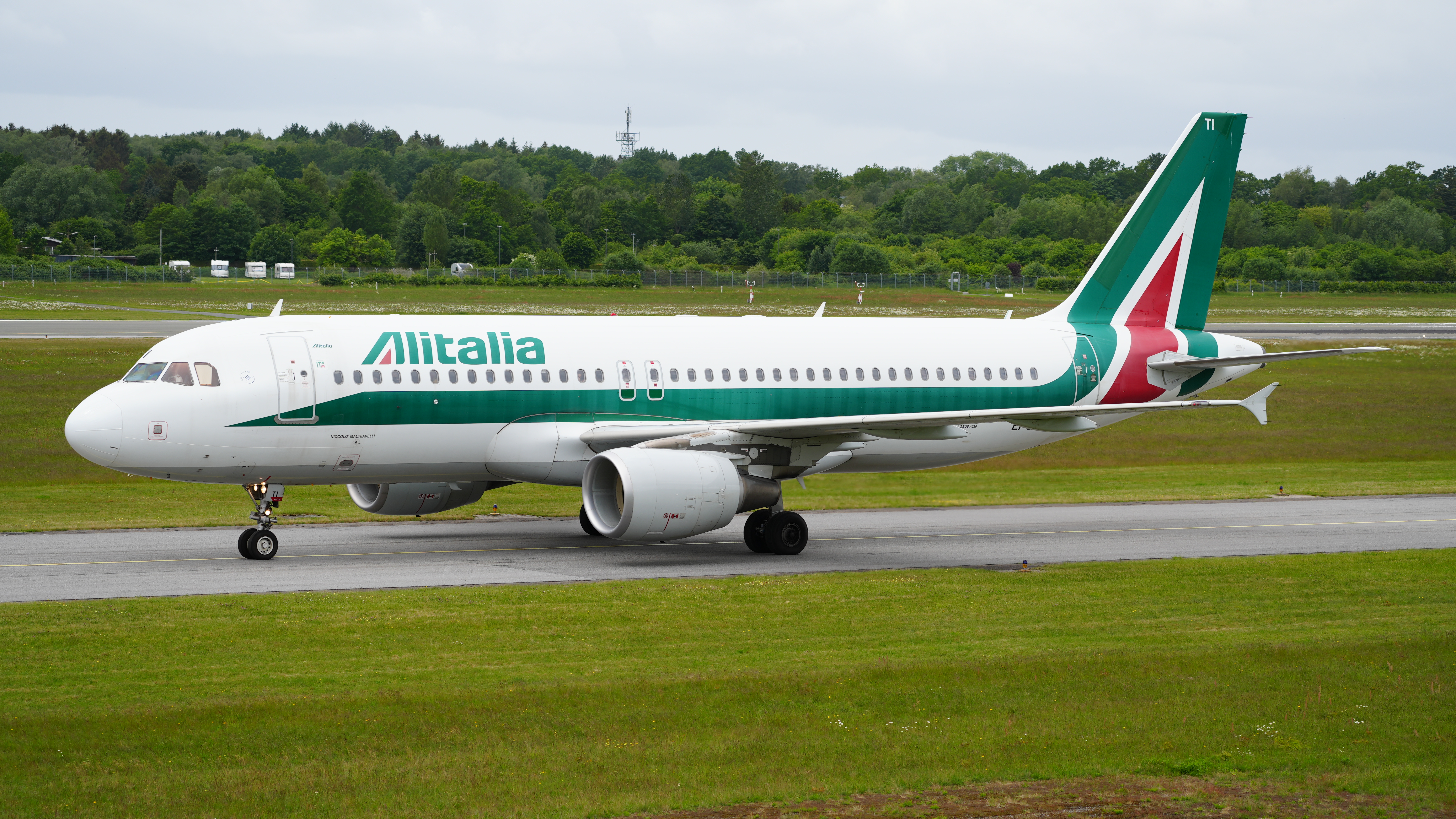
Italy’s flagship successor to Alitalia, ITA Airways inherited more than just aircraft—it also absorbed long-standing issues with reliability. Though it’s improving, the airline still struggles with staffing gaps, inconsistent schedules, and airport inefficiencies at its Rome and Milan hubs. Frequent flyers note a lack of clear communication around delays and cancellations. If booking ITA, consider padding your itinerary by at least a few hours and downloading a reliable third-party flight tracker for backup alerts. Avoid short layovers in FCO or MXP unless absolutely necessary.
19. IndiGo – Volume Overload Meets Limited Resilience
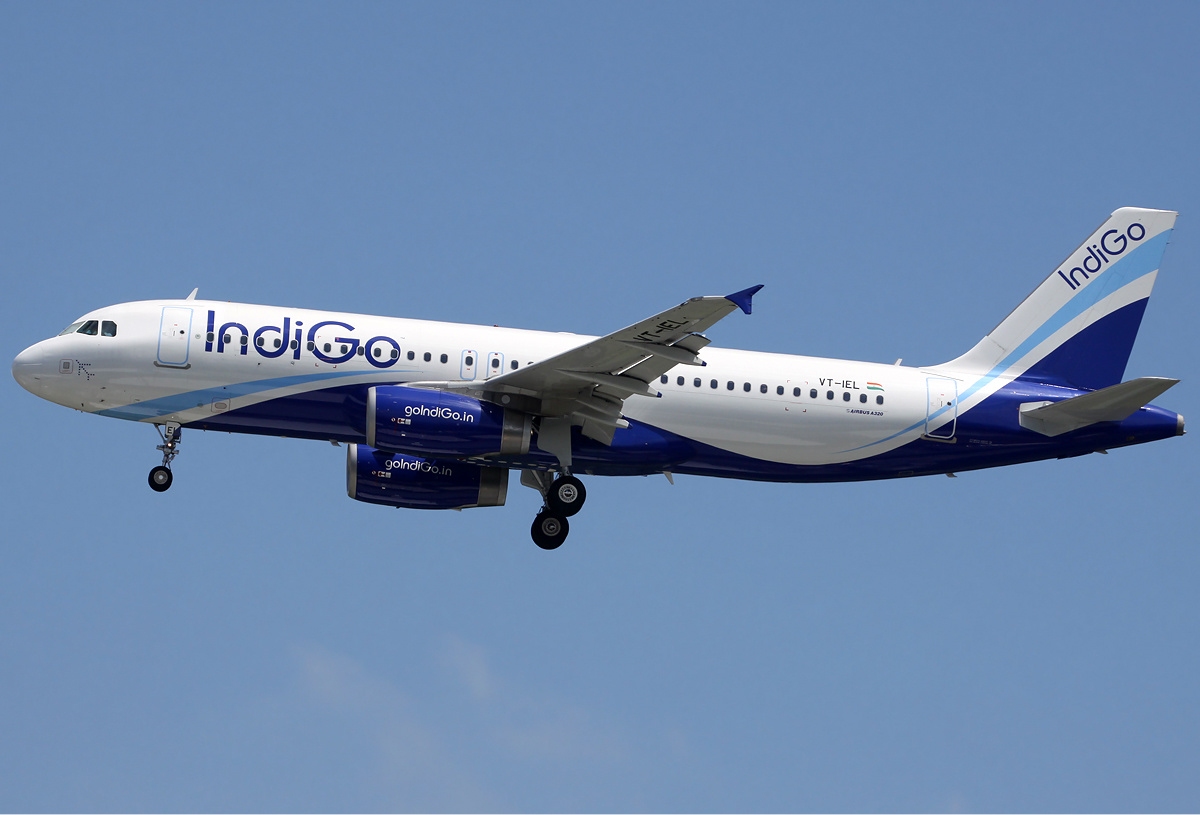
India’s largest airline, IndiGo moves millions of passengers annually—but that high volume comes with risk. Rapid expansion has outpaced infrastructure improvements at key airports, and the airline’s tight fleet utilization means any mechanical issue or ATC delay can cause cascading cancellations. Monsoon season adds another layer of unpredictability. To minimize risk, fly early in the day, avoid flights during peak festival seasons, and use the airline’s app for live updates. Also consider booking directly—customer service is notoriously better for direct bookings versus third-party platforms.
20. Scoot – Low-Cost Model with Limited Recovery Options
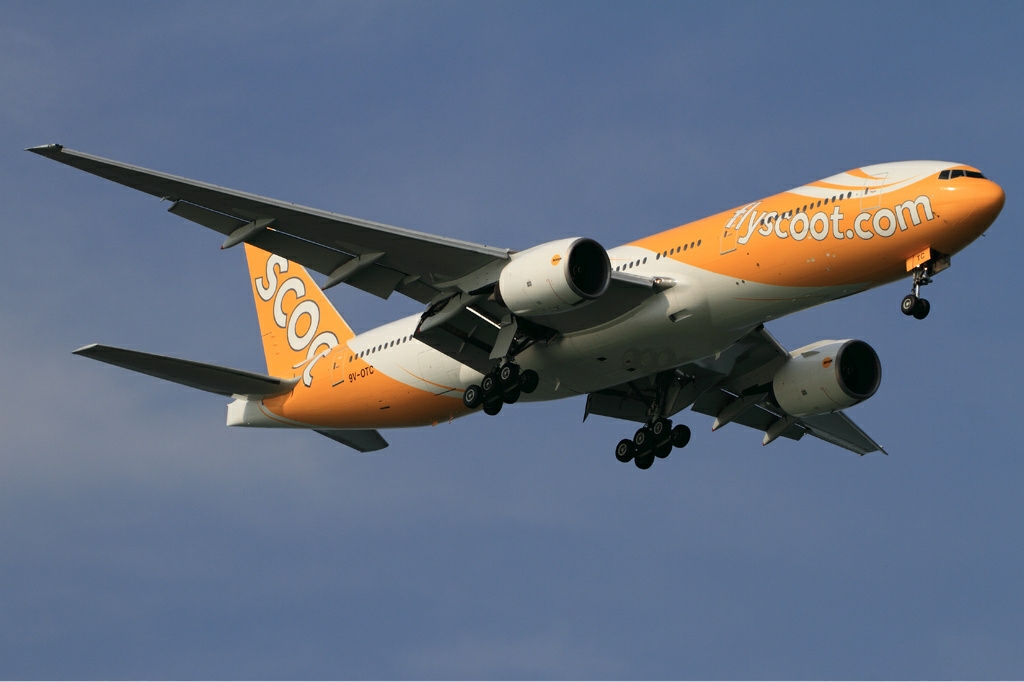
Singapore-based Scoot, a budget arm of Singapore Airlines, offers affordable long-haul routes to Asia, Australia, and Europe—but its sparse flight frequencies can leave travelers stranded if a cancellation hits. With fewer daily departures and limited interline agreements, rebooking often involves long delays or out-of-pocket expenses. Mechanical issues and regional weather, especially during typhoon season, add to the risk. When flying Scoot, choose routes with multiple daily options or major airport hubs for more recovery flexibility. Travel insurance is highly recommended, especially for long-haul flights connecting through Asia.
21. Aerolineas Argentinas – Political Instability and Operational Delays
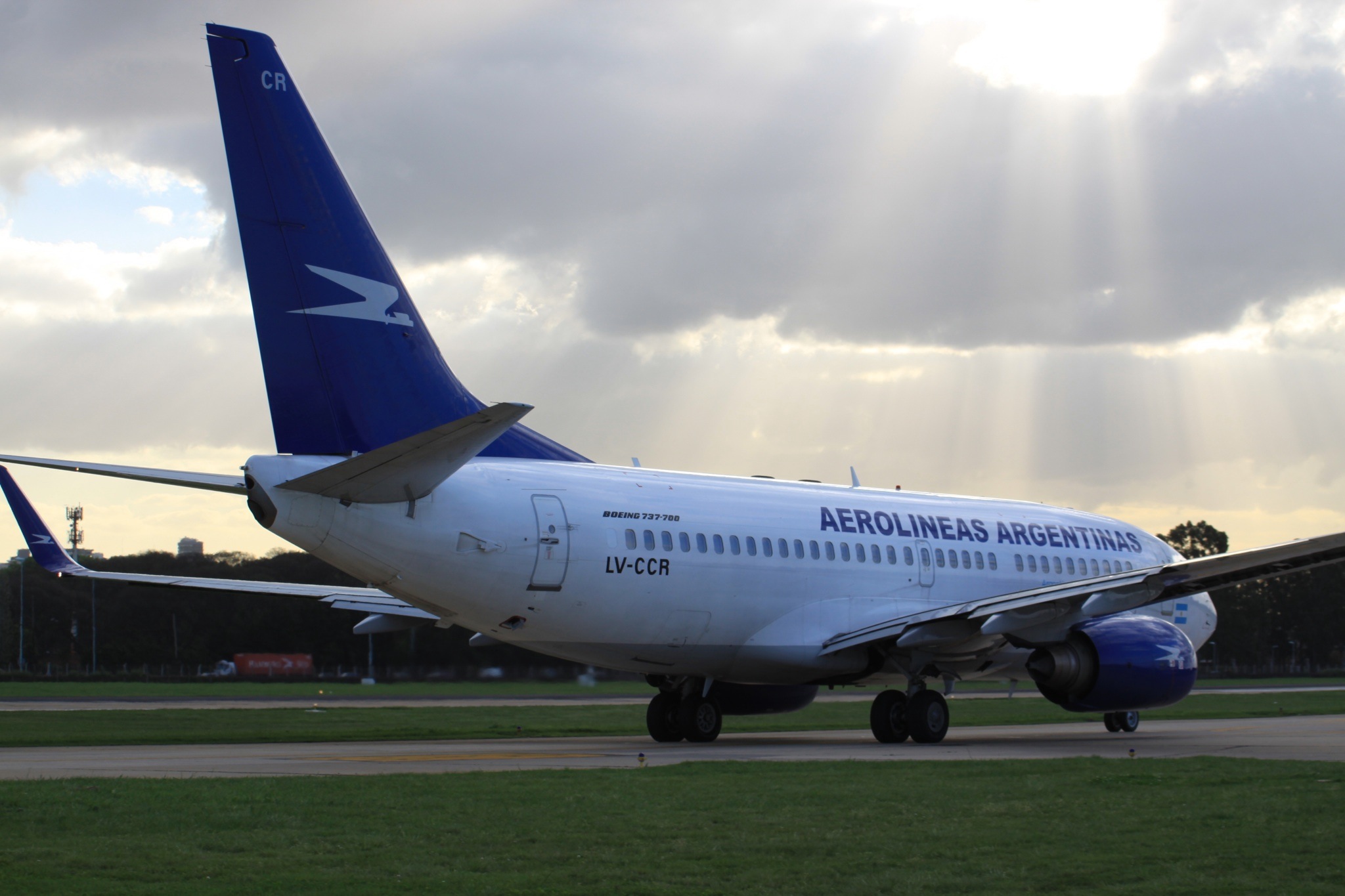
Argentina’s national carrier is heavily influenced by political and economic turbulence, often leading to fuel shortages, labor disputes, and abrupt schedule changes. Domestic routes are particularly vulnerable, with sudden cancellations due to protests, strikes, or budget constraints. International flights are slightly more reliable, but not immune. If flying Aerolineas Argentinas, monitor local news, avoid booking tight onward connections, and plan buffer days if traveling during election periods or national holidays. Booking refundable fares or considering backup carriers within South America (e.g., LATAM) can also help minimize disruption.
22. Ryanair – Strike-Prone but Transparent
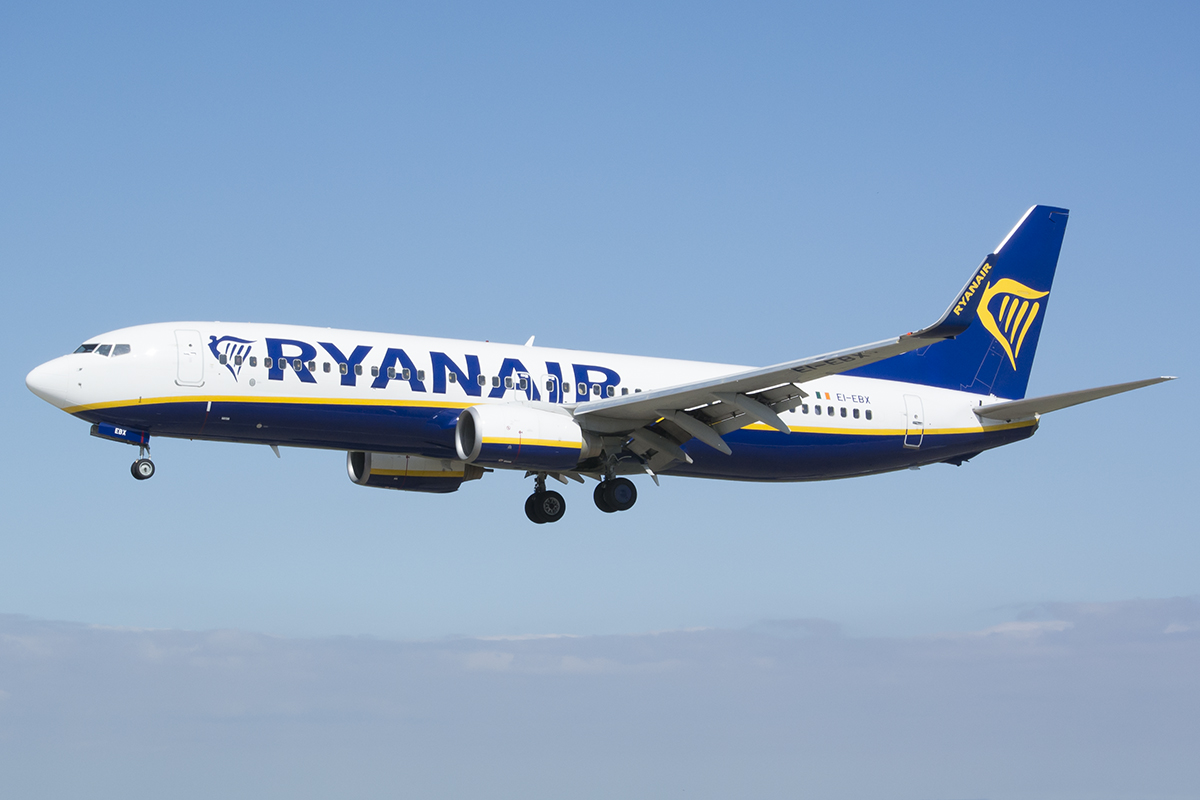
Ryanair, Europe’s leading ultra-low-cost carrier, operates an aggressive schedule that maximizes efficiency—but it’s often derailed by union disputes and staff walkouts. Cancellations spike during summer and holiday seasons when labor negotiations peak. While Ryanair is known for minimal customer service, it does update its mobile app frequently and usually provides alternative options quickly—if you’re proactive. Avoid peak travel Fridays and always have a backup plan for short-haul European trips. Booking early morning flights and carrying on essentials can help you pivot quickly if your plans go sideways.
23. Vietnam Airlines – Weather Woes and Sparse Infrastructure
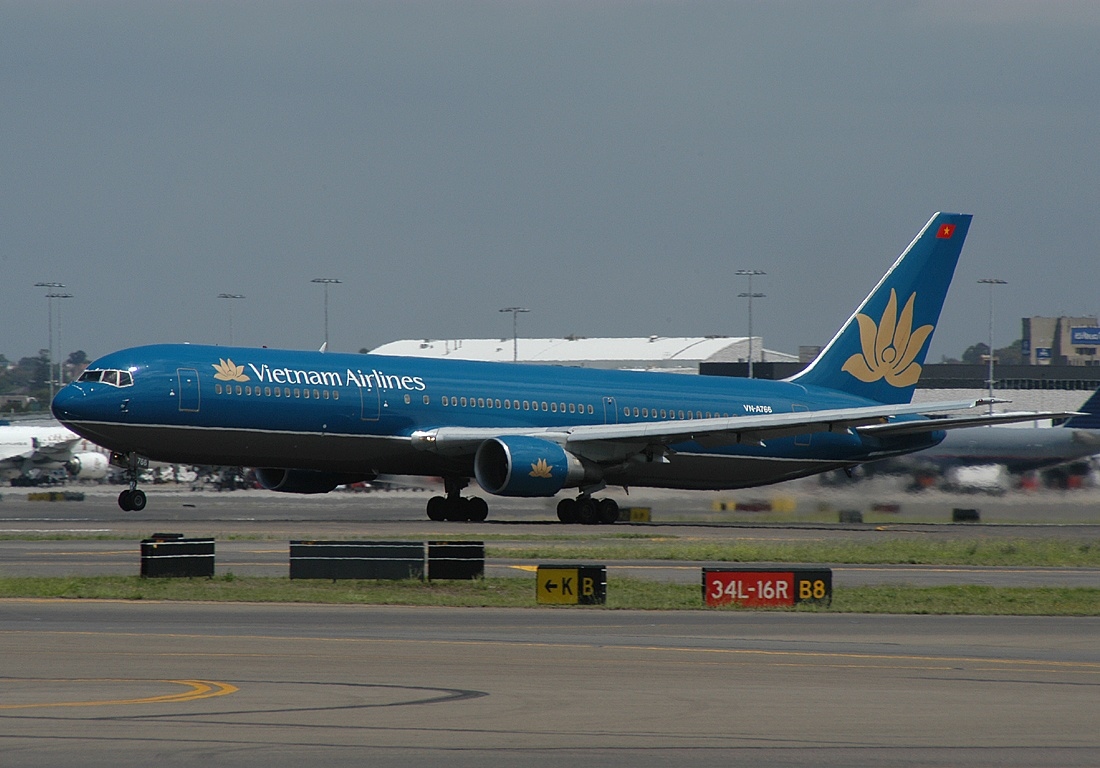
Vietnam Airlines serves an increasingly popular destination, but its reliability can be compromised by seasonal weather (especially typhoons and flooding) and infrastructure limitations at key airports like Hanoi (HAN) and Ho Chi Minh City (SGN). Mechanical issues and limited replacement aircraft contribute to cascading cancellations on certain domestic and regional routes. If flying during the rainy season (May–October), prioritize earlier flights and nonstop routes, and steer clear of last-minute booking. Apps like Flightradar24 can help monitor delays before you even head to the airport.
24. Philippine Airlines – Limited Recovery and Tropical Turbulence
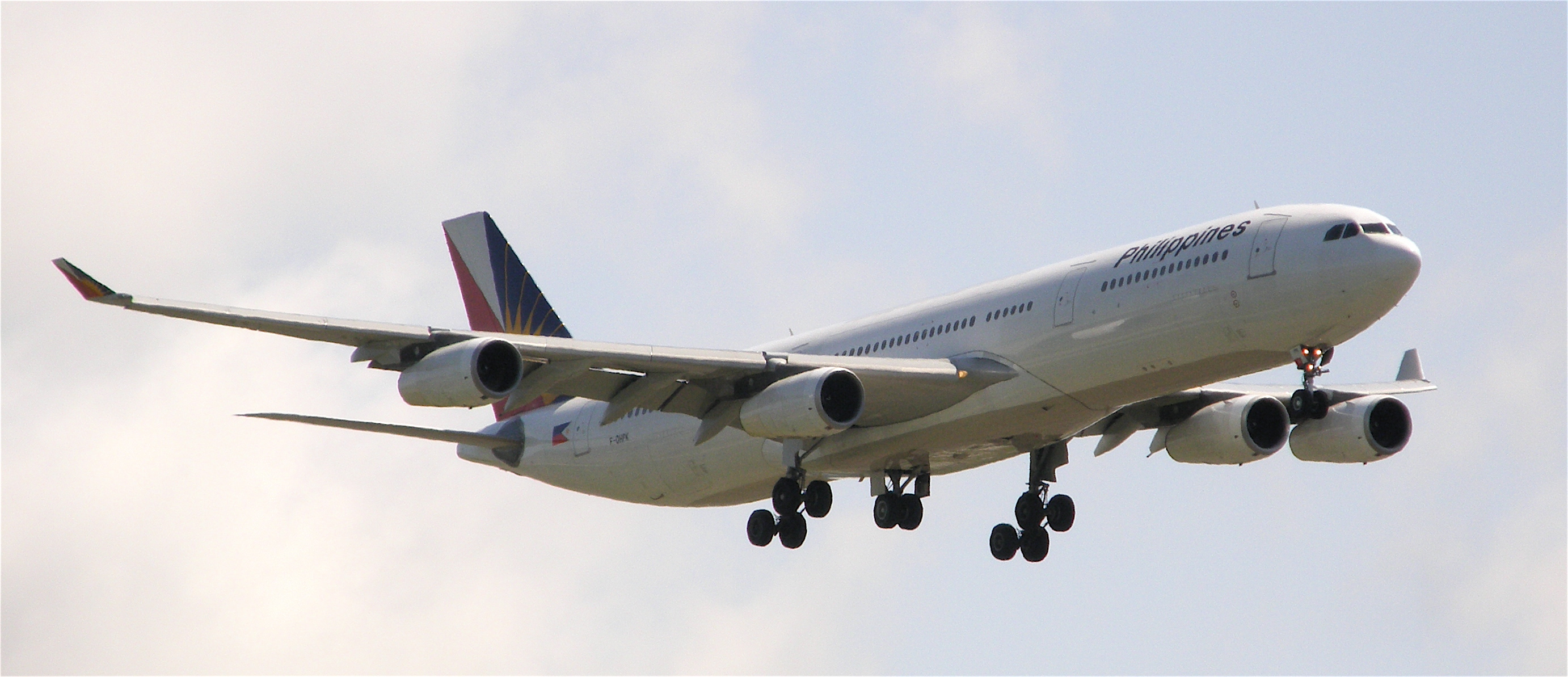
Philippine Airlines offers warm service and competitive long-haul routes, but its cancellation rate is often influenced by regional weather volatility and constrained operational flexibility. Typhoons, which are frequent in the region, can shut down entire routes with little warning—especially between July and November. The airline’s limited fleet and tight scheduling mean rebookings are rarely immediate, and alternate carriers may be sparse depending on your destination. Flights in and out of Manila, a notoriously congested hub, face added risk due to air traffic delays. Travelers should avoid tight connections, opt for earlier departures, and monitor typhoon advisories. For long-haul flyers, travel insurance is highly recommended.
25. Air India – Legacy Lag and Fleet Fatigue

Air India’s historic legacy hasn’t kept pace with modern-day expectations. The airline suffers from chronic maintenance delays, outdated aircraft, and bureaucratic inefficiencies. Cancellations often stem from technical glitches, paperwork issues, or crew scheduling conflicts—especially on long-haul routes. Recent ownership changes have brought hope, but transformation takes time. If you’re flying Air India, stick to major international routes, avoid last-minute bookings, and double-confirm timings a day prior. Also, be cautious of domestic connections—many are rescheduled or consolidated without early notice.
26. EasyJet – High Volume, Higher Risk
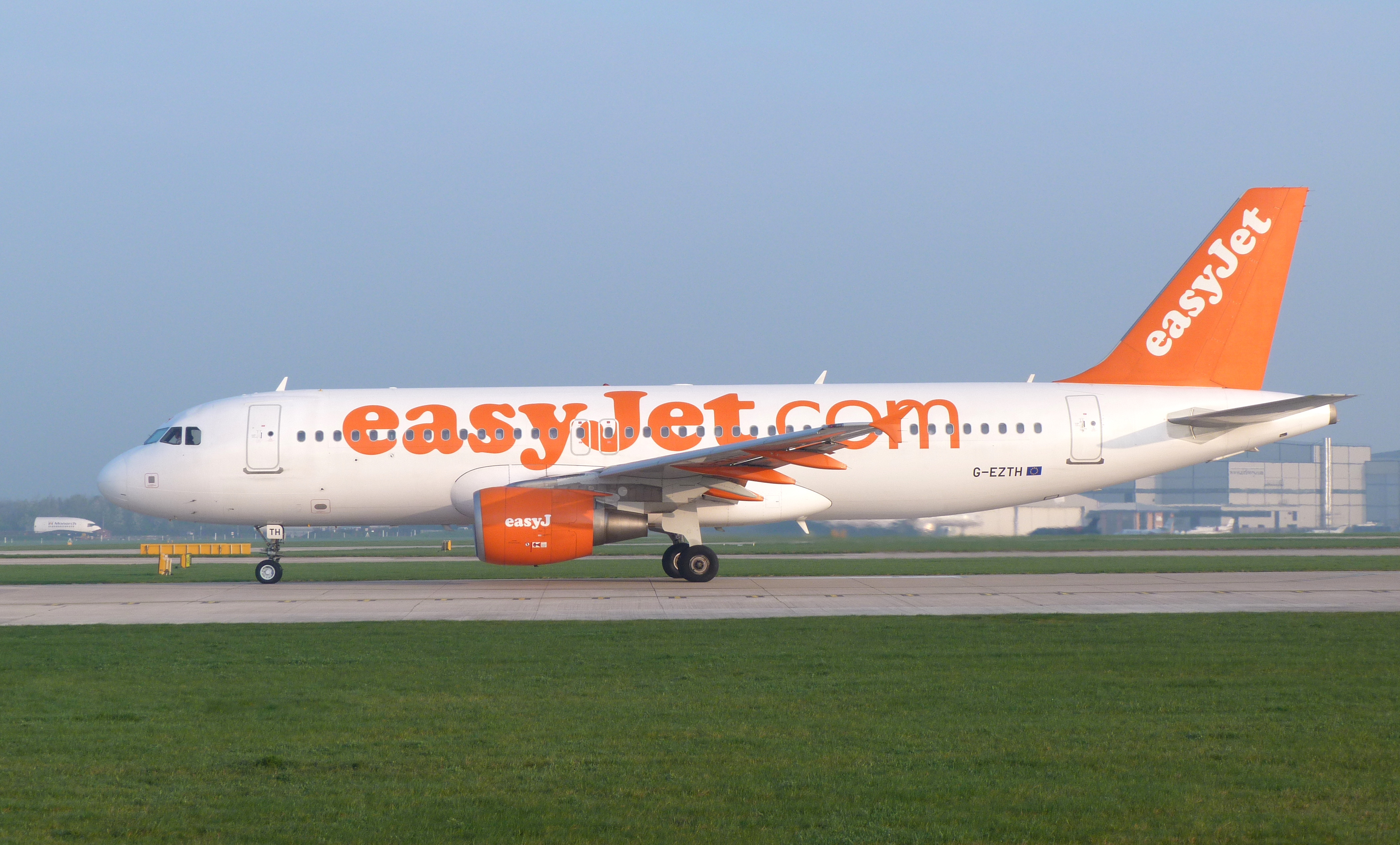
EasyJet runs one of Europe’s busiest short-haul networks, but its high-frequency model can quickly unravel under pressure. Flight cancellations tend to spike during air traffic control strikes, weather disruptions, or when airport slot limits are breached. The airline rarely has spare aircraft or crew, making recovery sluggish. Travelers should avoid late-day flights and routes with only one or two daily departures. EasyJet’s app is surprisingly helpful—use it for live updates and rerouting options, especially during peak holiday seasons.
27. Nok Air – Regional Routes, Real Challenges
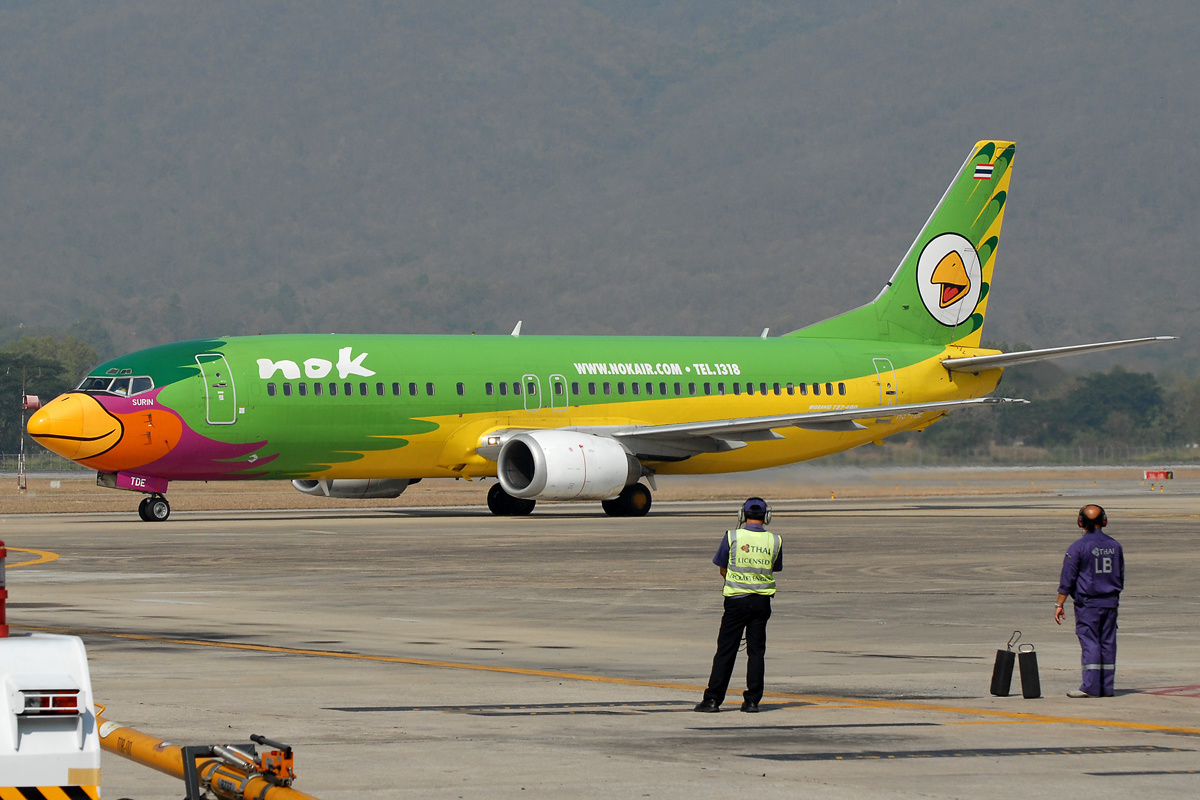
Thailand-based Nok Air offers budget-friendly regional service, but inconsistent performance and frequent weather disruptions have impacted reliability. With a small fleet and focus on domestic airports with limited infrastructure, delays often turn into outright cancellations—particularly during monsoon season. Customer service is also limited outside major hubs like Bangkok. If flying Nok Air, avoid tight itineraries, prioritize early flights, and opt for refundable tickets or flexible hotel bookings. Keep an eye on local forecasts, as thunderstorms are a frequent spoiler across their routes.
28. Air Transat – Charter Roots, Charter Problems
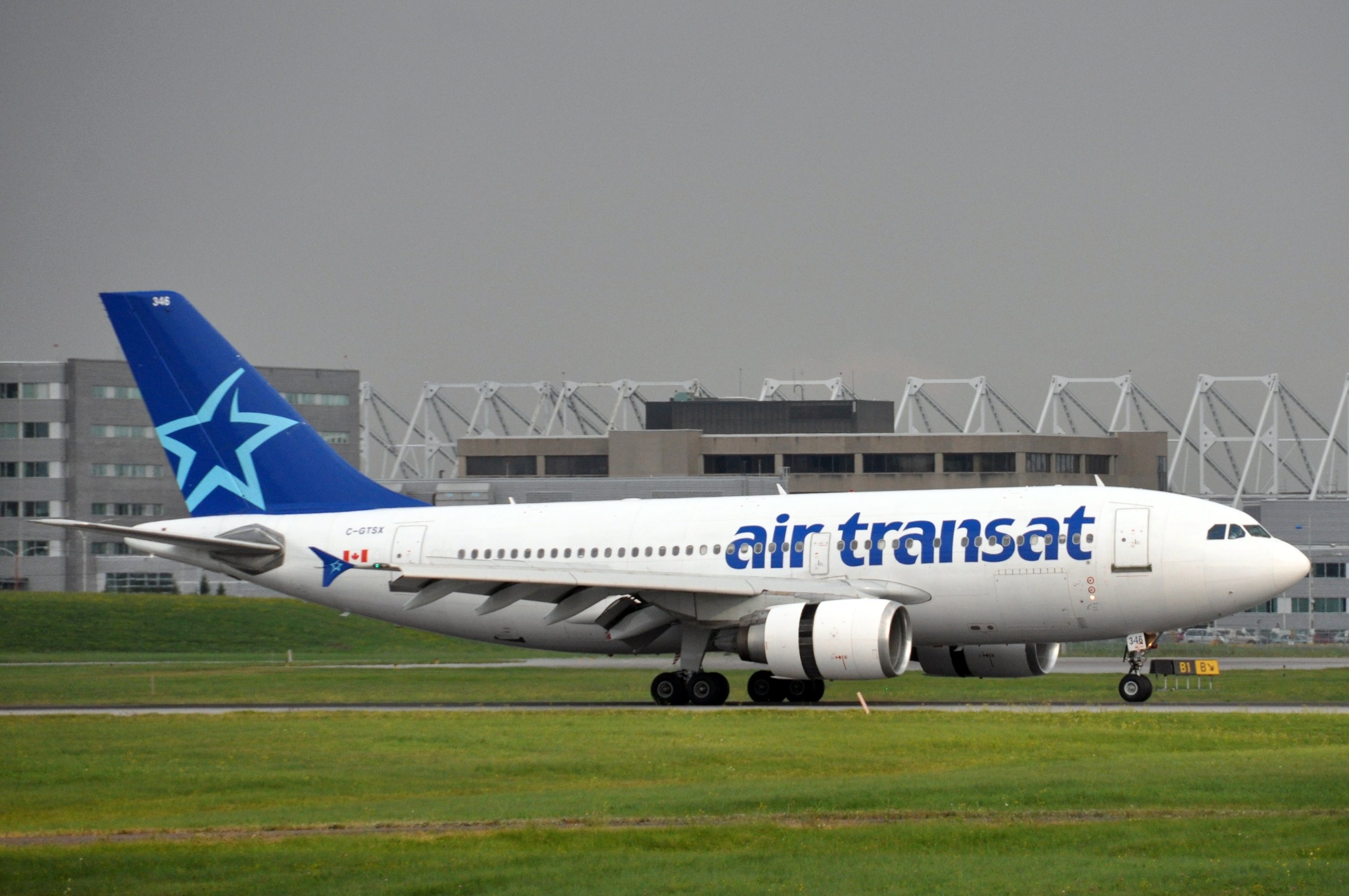
Originally a charter operator, Canada’s Air Transat now offers scheduled flights—but operational kinks remain. The airline runs a tight schedule with limited aircraft redundancy, so if one plane is grounded, entire routes can be canceled or delayed. This is especially risky on seasonal flights to Europe or the Caribbean, where daily frequency is low. Passengers should monitor status alerts closely and avoid relying on Air Transat for time-sensitive trips. Booking with a credit card that offers trip protection is a smart move here.
29. Copa Airlines – Hub Bottlenecks in Panama
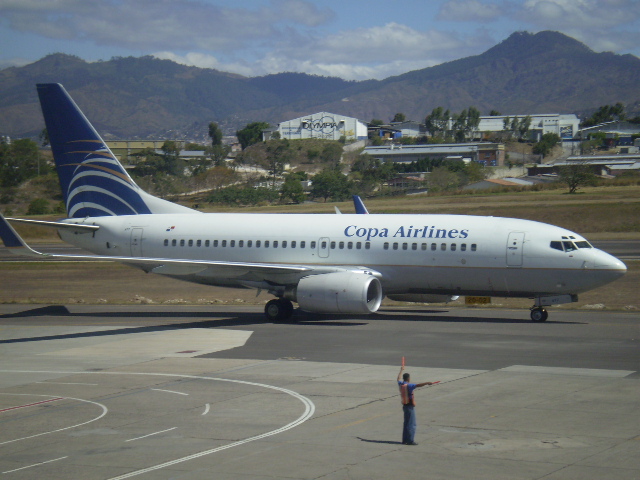
Copa Airlines, based in Panama City, runs a highly connected hub-and-spoke model—but that centralization can be its weakness. A single disruption at Tocumen International can ripple across dozens of onward flights. Weather in the region and occasional airport construction further complicate operations. While Copa generally has solid service, their cancellation handling can be slow, especially for overnight rebookings. Travelers should avoid super-tight layovers and, if possible, opt for Copa’s earlier flights to maximize rebooking options in case of disruption.
Flight Booked, Backup Ready: Outsmarting the Skies

In today’s turbulent travel climate, a booked ticket doesn’t always mean a guaranteed takeoff. From legacy carriers grappling with aging fleets to budget airlines stretched thin, cancellations have become an unavoidable part of the journey. But now, you’re not flying blind. By understanding which airlines are most prone to disruption—and why—you’ve already taken the first step toward protecting your plans. Whether it’s choosing earlier flights, avoiding high-risk hubs, or booking with flexible policies, small decisions can save entire trips. So, don’t just chase the cheapest fare—factor in reliability, route history, and your own risk tolerance. Because when delays strike, the prepared traveler doesn’t panic—they pivot. Use this list as your compass, your checklist, your quiet edge in a noisy world of travel chaos. And remember: in a sky full of uncertainty, knowledge isn’t just power—it’s your boarding pass to peace of mind. Safe travels, smart flyer. You’ve got this.








